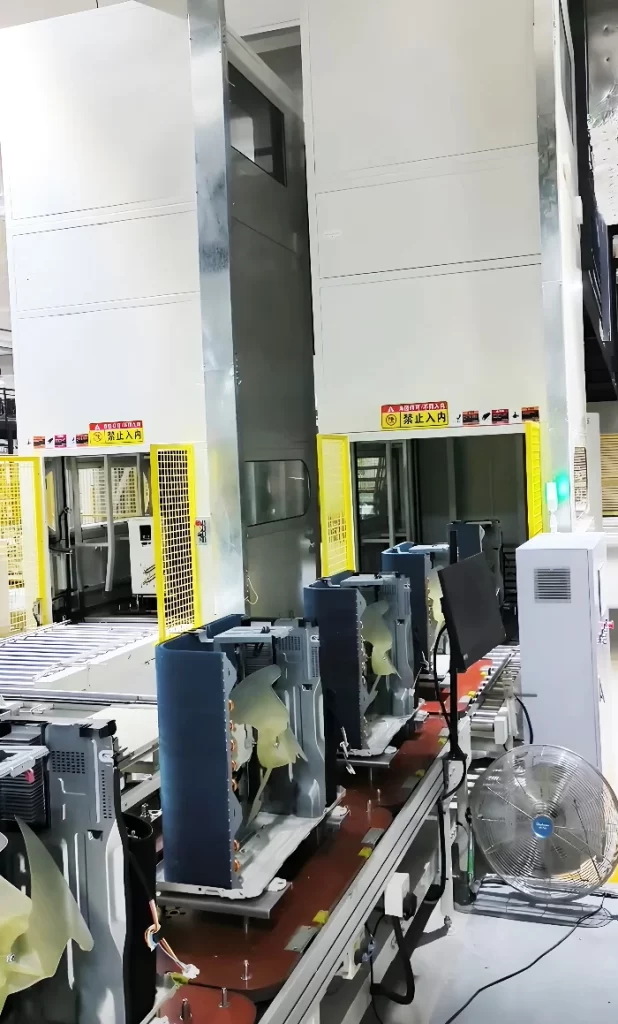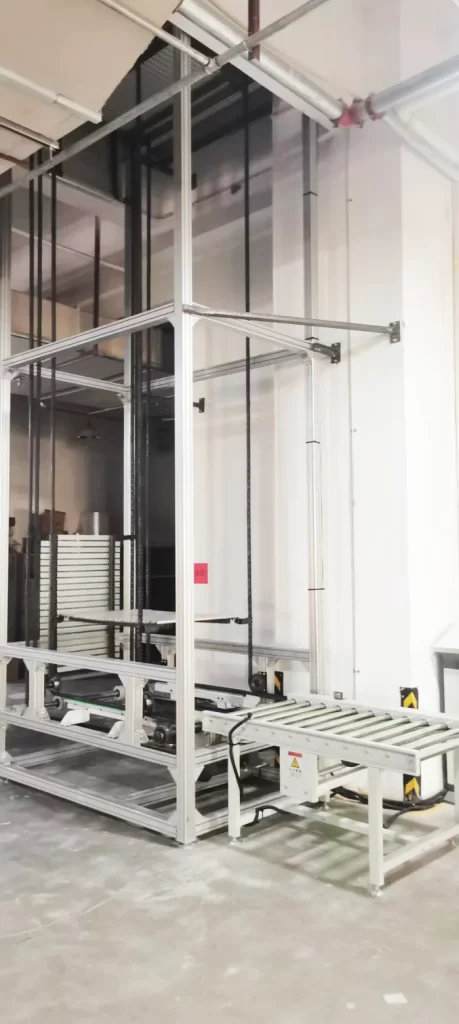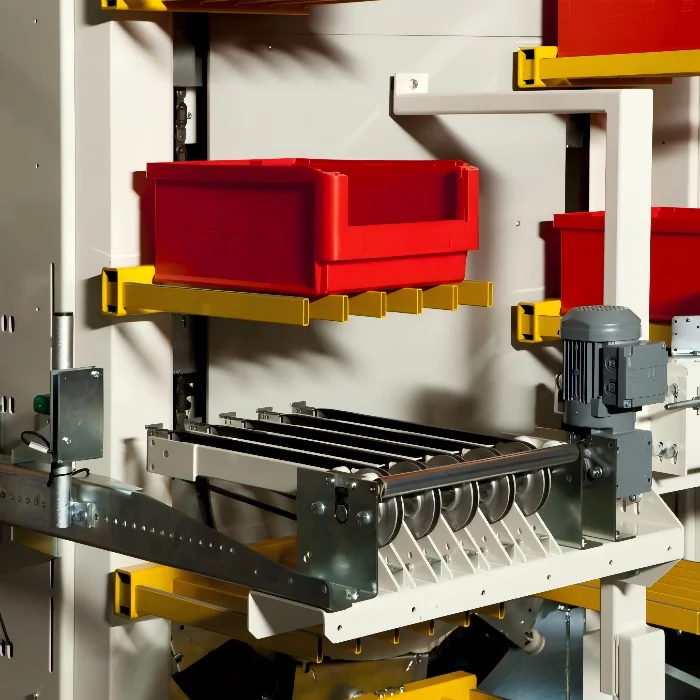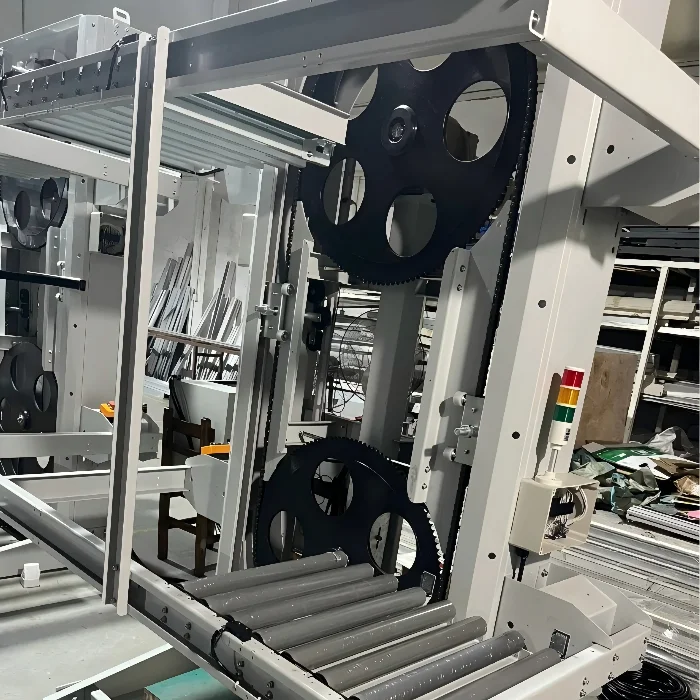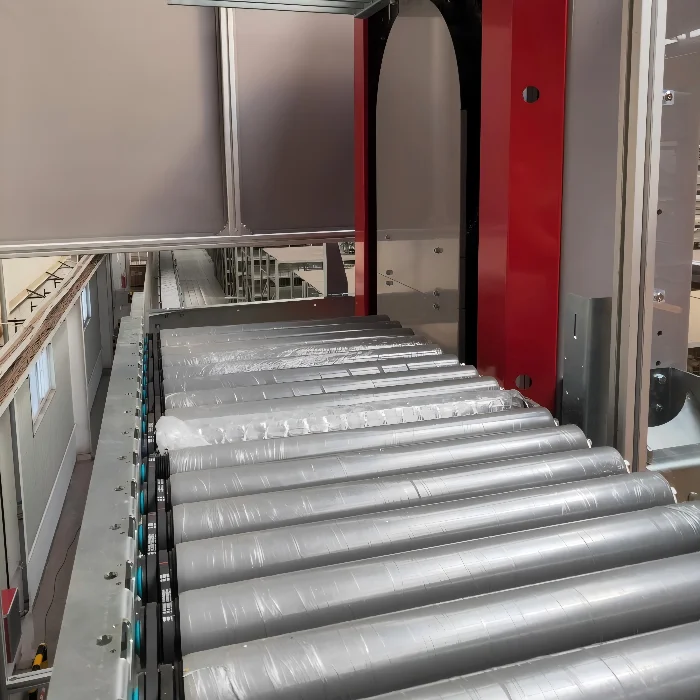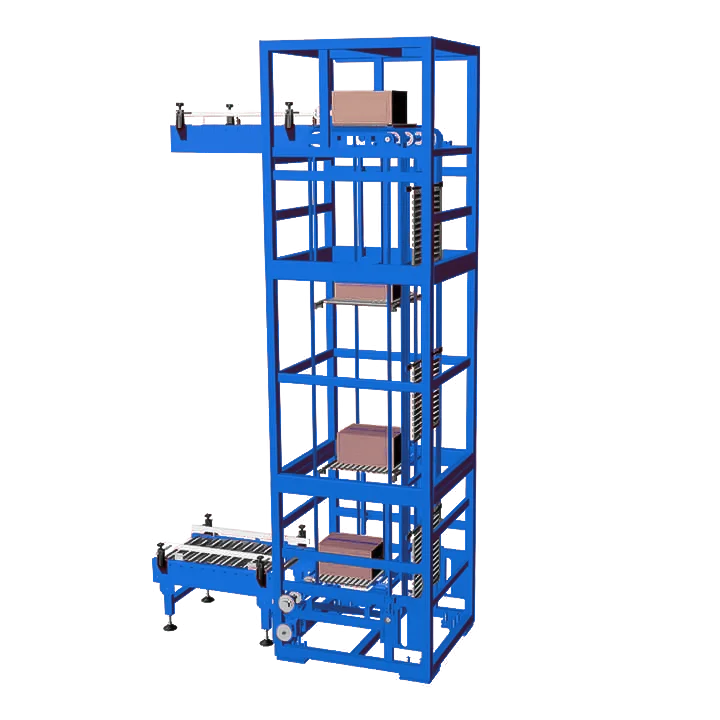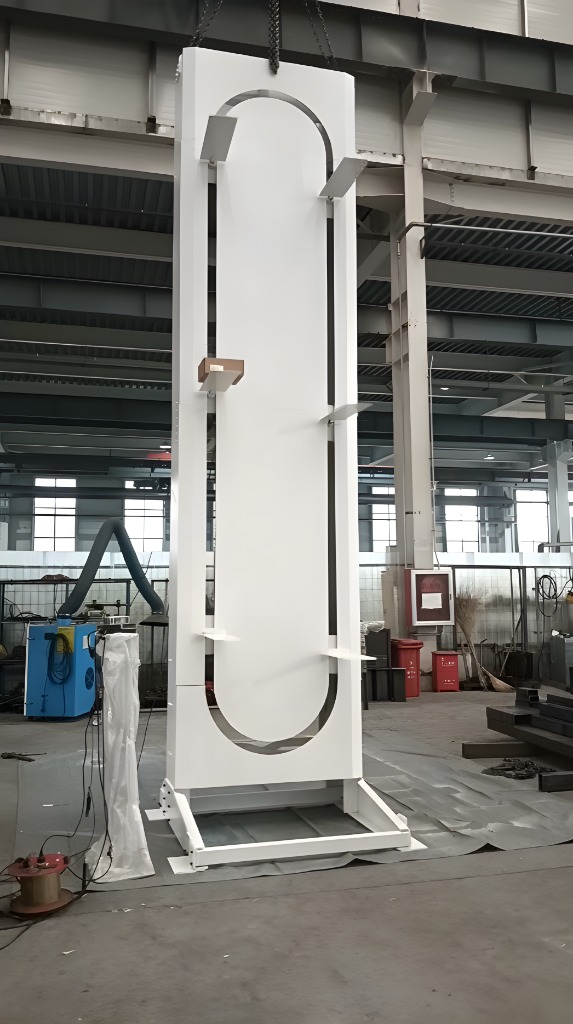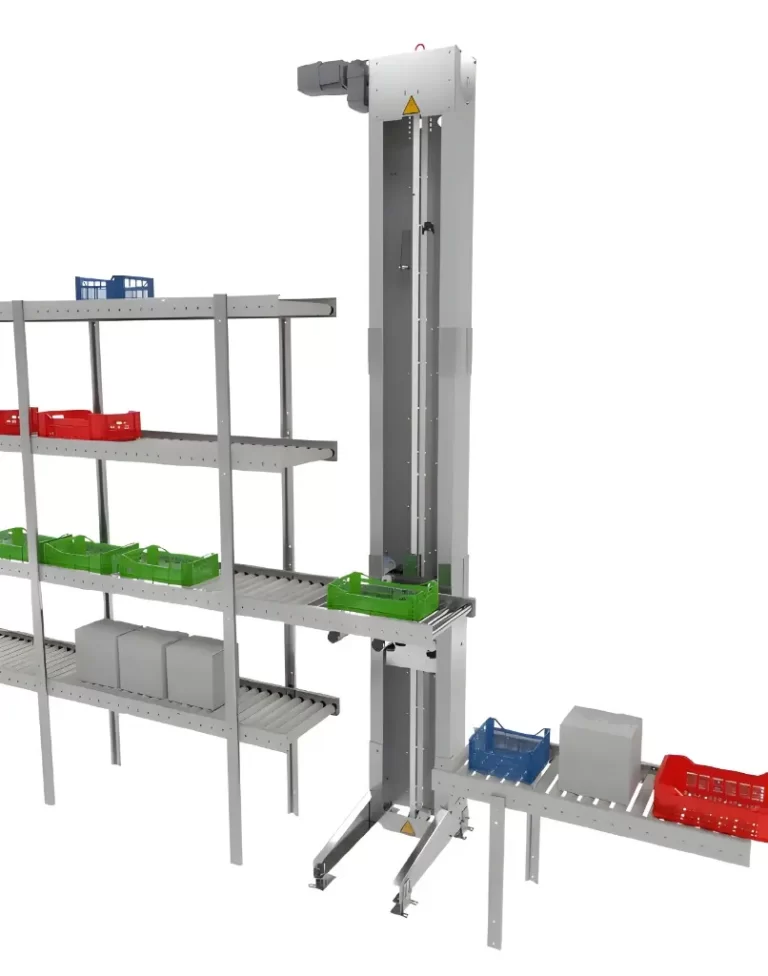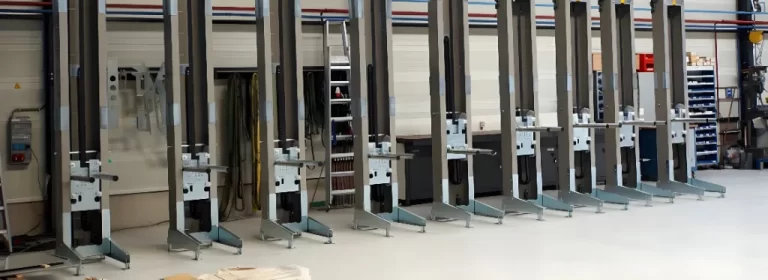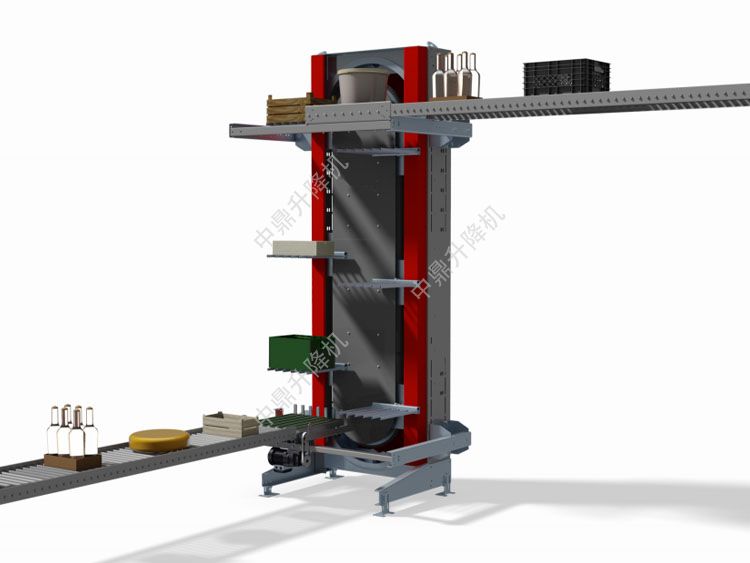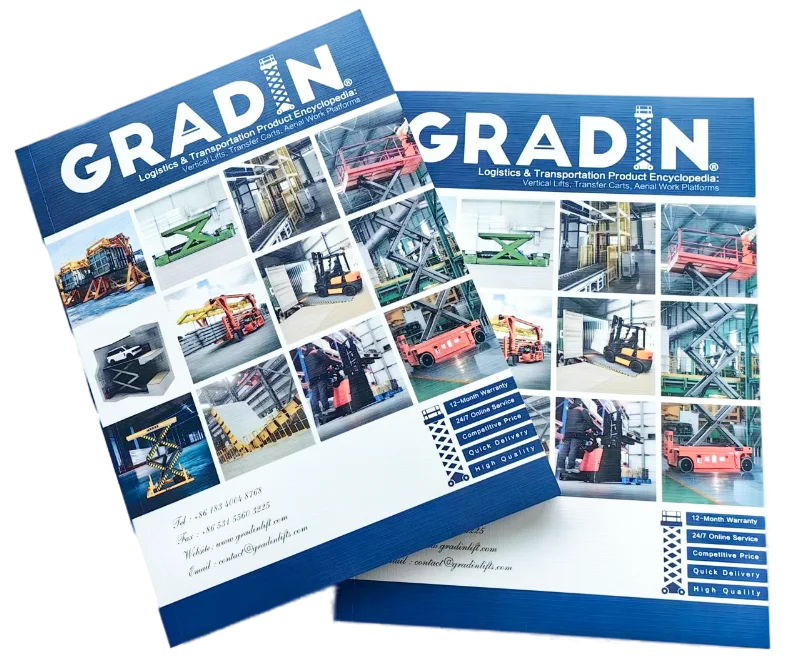연속 수직 컨베이어(CVC)
CVC를 사용하면 상자, 팔레트, 수하물, 배럴 등을 층간 수직으로 빠르게 운반할 수 있습니다. 컴팩트한 Z/C/E 구성으로 나선형 컨베이어에 비해 설치 공간을 90%까지 줄이면서 최대 30m 높이의 속도를 구현합니다.
자세히 알아보기 팀에 문의
드라이브가 밀폐된 미니멀리스트 디자인, 움직이는 부품 수가 적고 설치가 간편하며 안정적인 작동이 가능합니다.
다양한 하중과 환경에 적응할 수 있는 3D 머티리얼 전송이 가능합니다.
자동 분류 기능으로 다층 운송을 원활하게 하여 공간과 에너지 사용을 최소화합니다.
수평 컨베이어와 통합하여 수작업을 줄이고 생산성을 높일 수 있습니다.
더 자세히 알고 싶으신가요? 도움이 되는
팀이 도와드리겠습니다.
견적 요청하기
당사의 순환 수직 컨베이어 제품군 보기
이송 용량: 시간당 1500박스
리프트 높이: 최대 16m
리프팅 속도: ≤ 40m/min
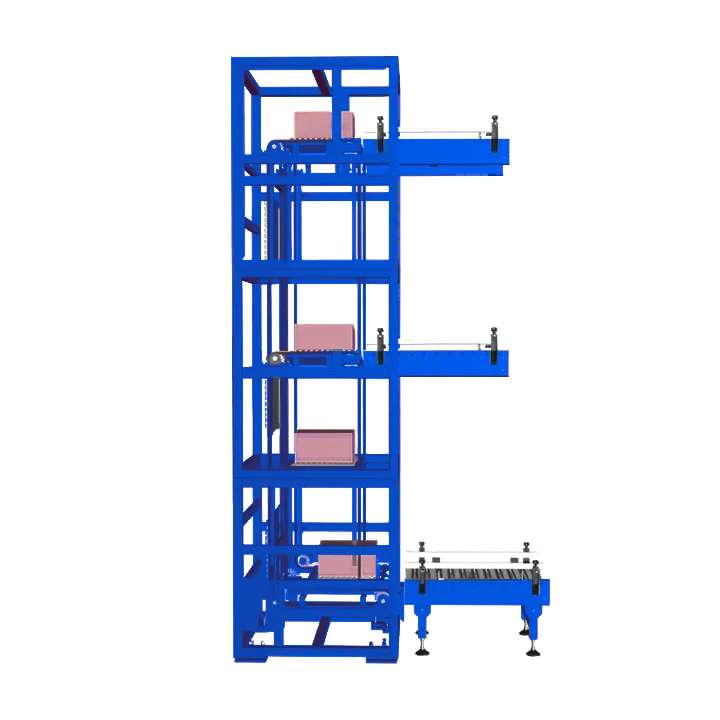
이송 용량: 시간당 1500박스
리프트 높이: 최대 16m
리프팅 속도: ≤ 40m/min
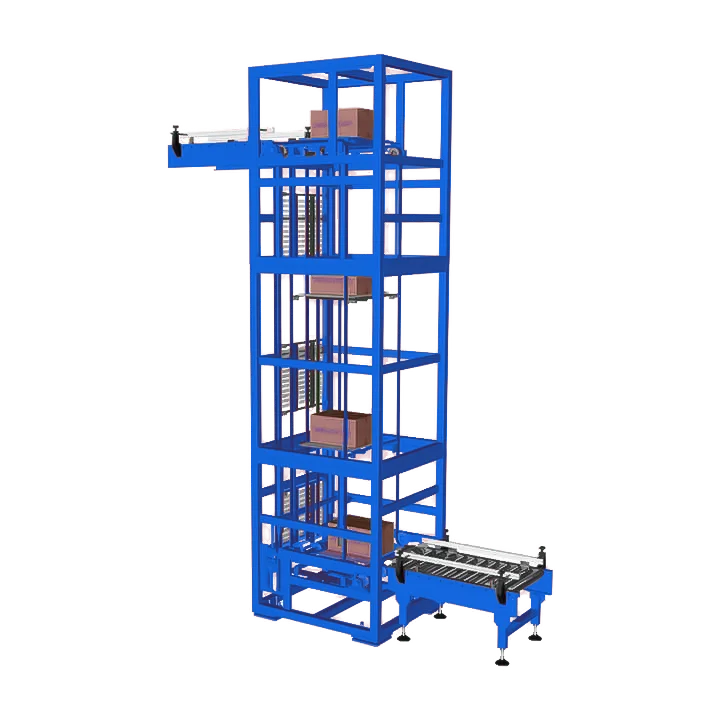
수입 및 수출 컨베이어 라인과 결합하여 완벽한 연속 리프팅 시스템을 형성하여 다층, 다중 입출고 자동화 작업을 실현하여 공간을 절약하고 효율성을 향상시킵니다.
용량: 600kg 이하이송 용량: 30개/분
리프트 높이: 맞춤형
크기: 맞춤형
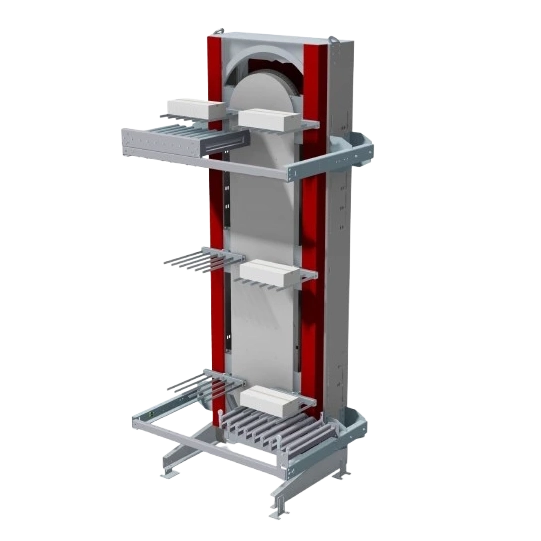
CVC 자주 묻는 질문
순환 수직 컨베이어(CVC)를 설치하려면 일반적으로 구조 변경이 제한적으로 필요합니다. 모듈식 설계는 기존 공간에 맞게 조정되지만 바닥 하중 용량, 천장 높이, 안정성을 위한 앵커 포인트 등이 핵심 요소입니다. 다층 구조의 경우 바닥 관통이 필요할 수 있지만, 컴팩트한 Z/C/E형 구성은 공간 중단을 줄여줍니다. 높이가 높은 시스템(예: 30미터 이상)의 경우 무거운 하중을 처리하기 위해 강화된 지지대 또는 빔이 필요할 수 있습니다.
엔지니어의 설치 전 평가는 건물 규정을 준수하고 통합을 최적화하는 데 매우 중요합니다. 전기 및 제어 시스템은 시설 인프라와 일치해야 하지만 사전 엔지니어링된 CVC는 기존 시스템에 비해 구조적 변경을 최소화하는 경우가 많습니다. 계획은 아키텍처에 미치는 영향을 최소화하면서 운영 요구 사항의 균형을 맞추는 데 중점을 둡니다.
CVC는 첨단 엔지니어링을 통해 에너지 효율을 우선시합니다. 가변 주파수 드라이브(VFD)는 실시간 부하 수요에 맞춰 모터 속도를 동적으로 조정하여 기존 시스템에 비해 에너지 소비를 20~30% 절감합니다. 폐쇄 루프 메커니즘은 기계적 마찰을 줄이고, 대용량 모델의 회생 제동은 하강 사이클 동안 운동 에너지를 회수합니다. 자동화된 유휴 모드는 작동이 일시 중지되는 동안 전력 사용을 더욱 최소화합니다.
경량 알루미늄 프레임워크와 모듈식 설계로 관성 저항이 낮아 장기적인 지속 가능성이 향상됩니다. 에너지 사용량은 적재 중량과 수직 높이(최대 30미터 이상)에 따라 다르지만, CVC는 수명 주기 효율성 측면에서 나선형 또는 벨트 컨베이어보다 뛰어납니다. 움직이는 부품 수가 적어 유지보수 필요성이 줄어들어 친환경 시설 목표에 부합하는 운영 비용 절감에도 기여합니다.
CVC는 다양한 재료에 적합하도록 설계되었습니다. 클램핑 시스템을 조절할 수 있는 맞춤형 캐리어는 유리 제품이나 전자제품과 같이 깨지기 쉬운 제품을 안전하게 운송합니다. 소프트 스타트/스톱 제어 및 진동 감쇠 메커니즘이 흔들림을 방지하고 광학 센서가 불안정한 하중을 감지하여 속도 조절을 트리거합니다. 불규칙한 형태의 경우 확장 가능한 트레이 또는 자석 홀더와 같은 모듈식 부착물을 사용하여 안전한 수직 이송을 보장합니다.
예외적으로 부피가 크거나 비대칭인 품목은 정밀한 적재를 위해 로봇 팔 통합과 같은 맞춤형 솔루션이 필요할 수 있습니다. 대부분의 표준 CVC 구성은 최대 2,000kg의 무게와 2m x 2m 크기 이내의 품목 크기를 지원합니다. 설치 전 상담을 통해 항공우주 또는 고급 포장과 같은 산업에서 특수한 취급 요구 사항에 맞게 시스템 매개변수를 최적화할 수 있습니다.
